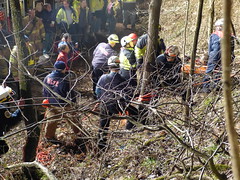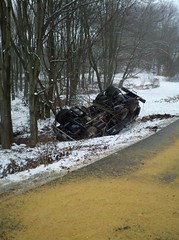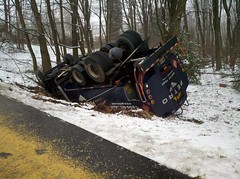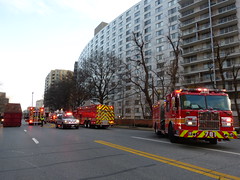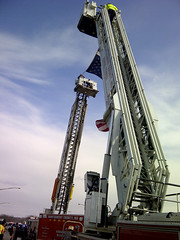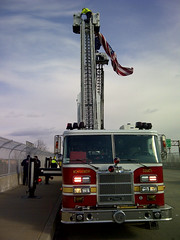
Carbon monoxide is the most common cause of death by poison in the United States, killing more than 500 people every year. It is one of the most dangerous poisons because often people don't know it is present until it is too late. The best way to protect yourself and your family from carbon monoxide poisoning is to buy a carbon monoxide (sometimes referred to as CO) detector for your home. A properly working carbon monoxide detector can provide an early warning before deadly gases build up to dangerous levels. If you live in a home that is two stories or more, you might want to install two.
If you notice these symptoms and suspect that carbon monoxide is the cause, leave the area immediately and get outside to fresh air. Call 9-1-1 and seek medical help.
Be reminded: Installing a carbon monoxide detector does not eliminate the need to have a smoke alarm in your home. Carbon monoxide detectors do not detect smoke and smoke alarms do not sense carbon monoxide.
CO poisoning is the leading cause of accidental poisoning deaths in America.
(Source: Centers for Disease Control)
Facts
· CO is a produced anytime a fuel is burned. Potential sources include gas or oil furnaces, water heaters, space heaters, clothes dryers, barbecue grills, fireplaces, wood-burning stoves, gas ovens, generators and car exhaust fumes.
· Every year more than 10,000 people die or seek medical attention due to CO poisoning from home-related products. (Source: Consumer Product Safety Commission)
· More than two-thirds of Americans use gas, wood, kerosene or another fuel as their home's major heat source.
· 65% of CO poisoning deaths from consumer products are due to heating systems.
· Only 27% of homes in America have carbon monoxide alarms, according to recent industry research.
· An idling vehicle in an attached garage, even with the garage door opened, can produce concentrated amounts of CO that can enter your home through the garage door or nearby windows.
· CO poisoning deaths from portable generators have doubled for the past two years, and many of these deaths occurred in the winter months and during power outages.
· A poorly maintained gas stove can give off twice the amount of CO than one in good working order.
Prevention
· Install at least one battery-powered CO alarm or AC-powered unit with battery backup on each level of your home and near sleeping areas.
· Have a licensed professional inspect heating systems and other fuel-burning appliances annually.
· Install fuel-burning appliances properly and operate according to the manufacturer's instructions.
· Keep chimneys clear of animal nests, leaves and residue to ensure proper venting. Have all fireplaces cleaned and inspected annually.
· Do not block or seal shut the exhaust flues or ducts used by water heaters, ranges and clothes dryers.
· Do not leave your car running in an attached garage or carport.
· Do not use ovens or stoves to heat your home.
· Do not use charcoal or gas grills inside or operate outdoors near a window where CO fumes could seep in through a window.
· Check all carbon monoxide alarms in your home. Do they use the most accurate sensing technology? Do they need new batteries?
Replace CO alarms every five to seven years in order to benefit from the latest technology upgrades.



